Bucket: The bucket is the wooden plank assembly which consists of a playing field surround by walls and a bottom plate for extra stability. The mechanism, electrical system, and other stuff are mounted on it.
LRAM: Linear Rotational Axle Mechanism, this mechanism actuates the required movement for the automated players in the table.
LCS: Light Coordinating System this system figures out where the ball is in the field. How he does that is explained in the instructions.
KOS: Knock Off System this is just a simple way how we find out where the axle of the human sides is. We called it KOS because we saw it in another automated foosball table.
 Sixth_Nassau
Sixth_Nassau


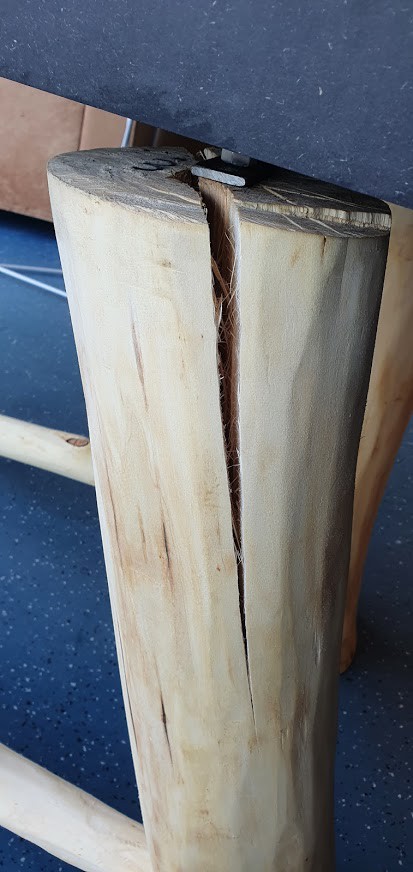
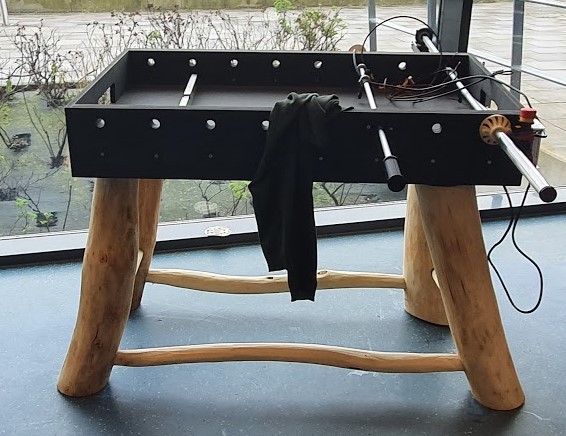

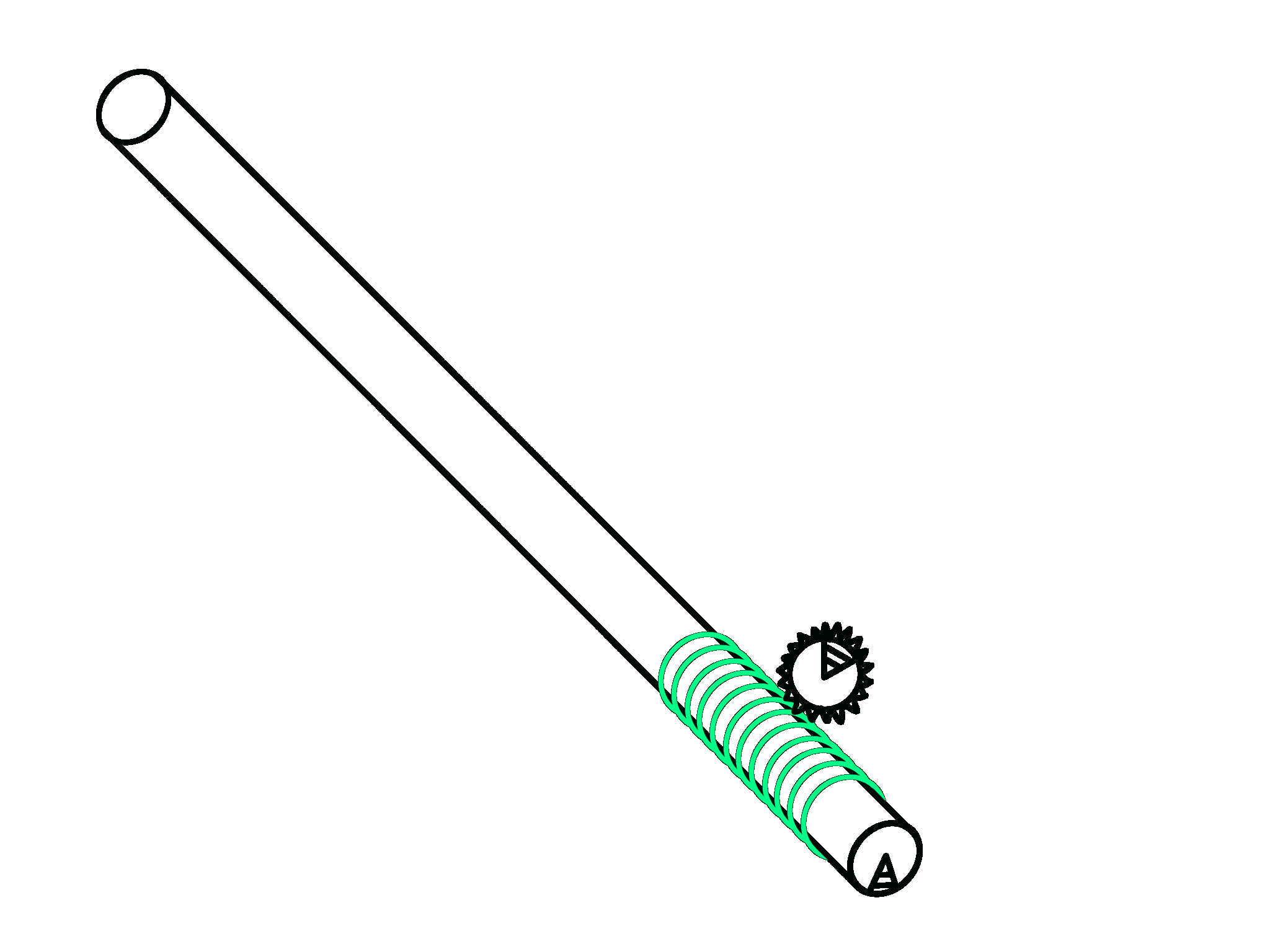
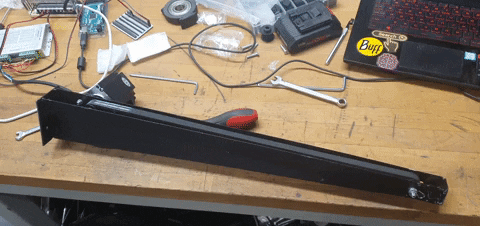
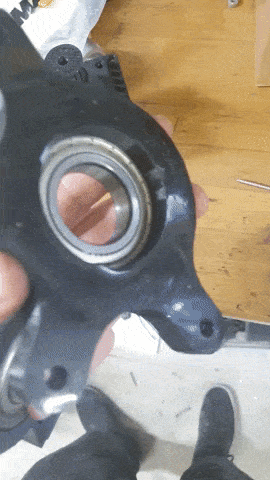
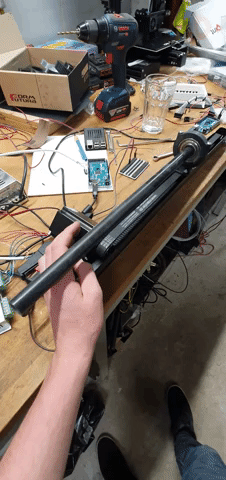
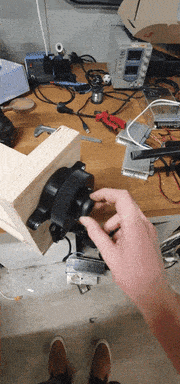
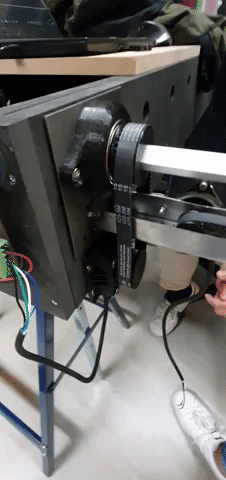
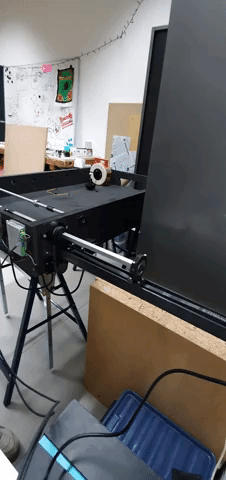
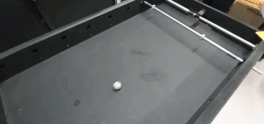
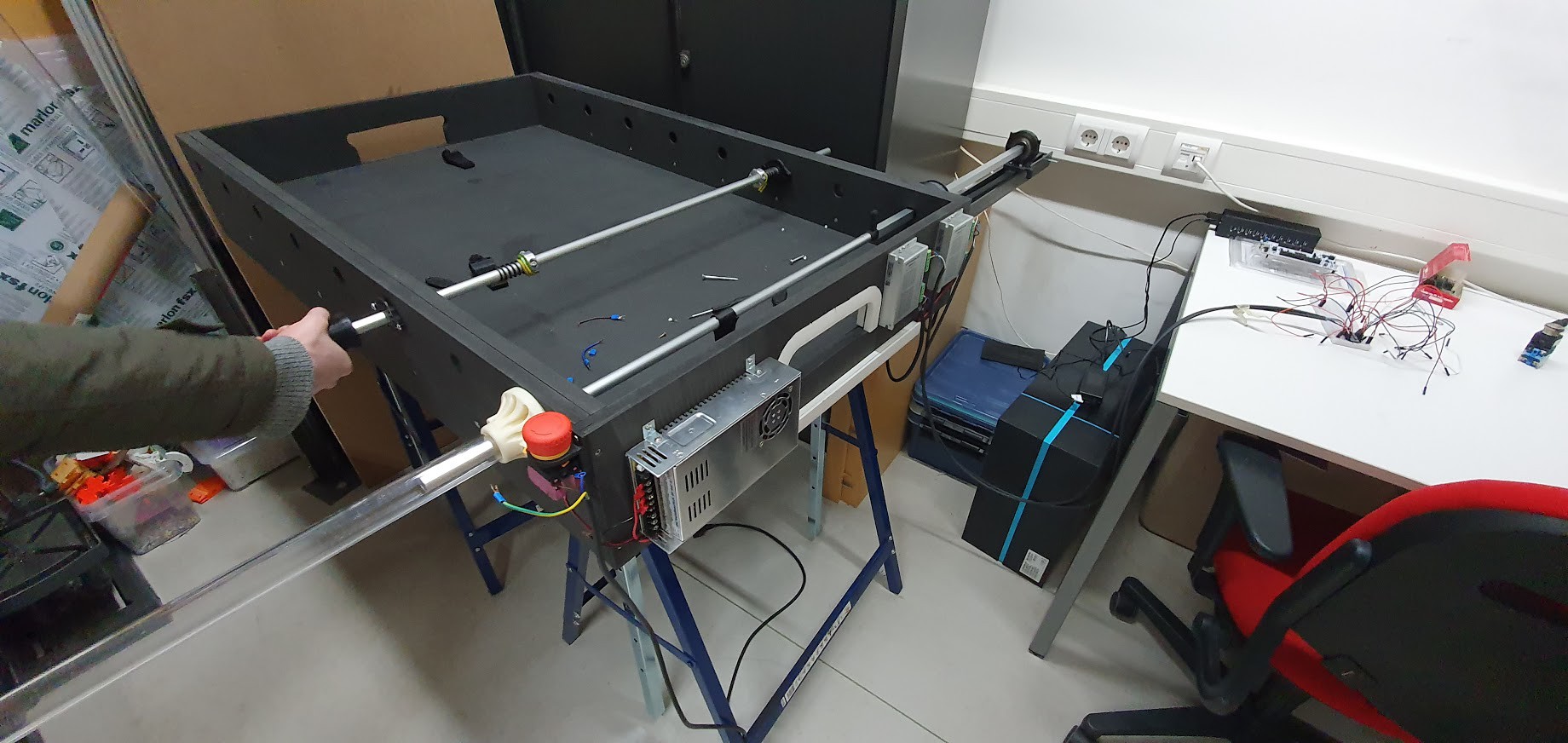

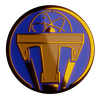

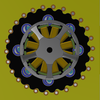

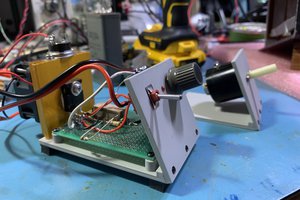
 tonyo
tonyo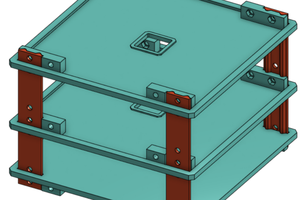
 Andrei Gramakov
Andrei Gramakov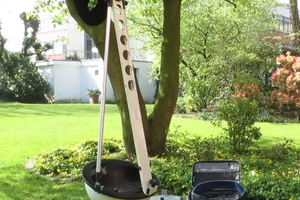
 Andrea Console
Andrea Console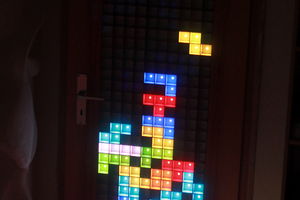
 mclien
mclien
It's incredible to see the innovation and technology behind the 2 Humans vs automated side table. The use of data such as ball position, Axes position, and goals scored to develop an understanding of the game through reinforcement learning is impressive. Although the documentation may not be perfect, the effort put into gathering pictures and videos to create instructions is commendable.
It's important to recognise the potential challenges and risks associated with starting this project without a clear understanding of what you're dealing with, including dangerous electric power, financial investment, and potential annoyances. It's crucial to proceed with caution and ensure proper safety measures are in place.
I also want to try same I will surely be in contact to discuss for now I'll share my project related to footwear, https://footyware.com/best-indoor-soccer-shoes/
The component lists provided offer a starting point, and it's good to know that duplication is possible for multiple axles. It's worth mentioning that not all parts may be included, as the project utilised available resources.
Overall, the ingenuity and cost-effectiveness of this mechanism are worth appreciating. Many universities and institutions are exploring interesting solutions, but it's impressive to see that your team has developed a relatively affordable build. Keep up the great work!